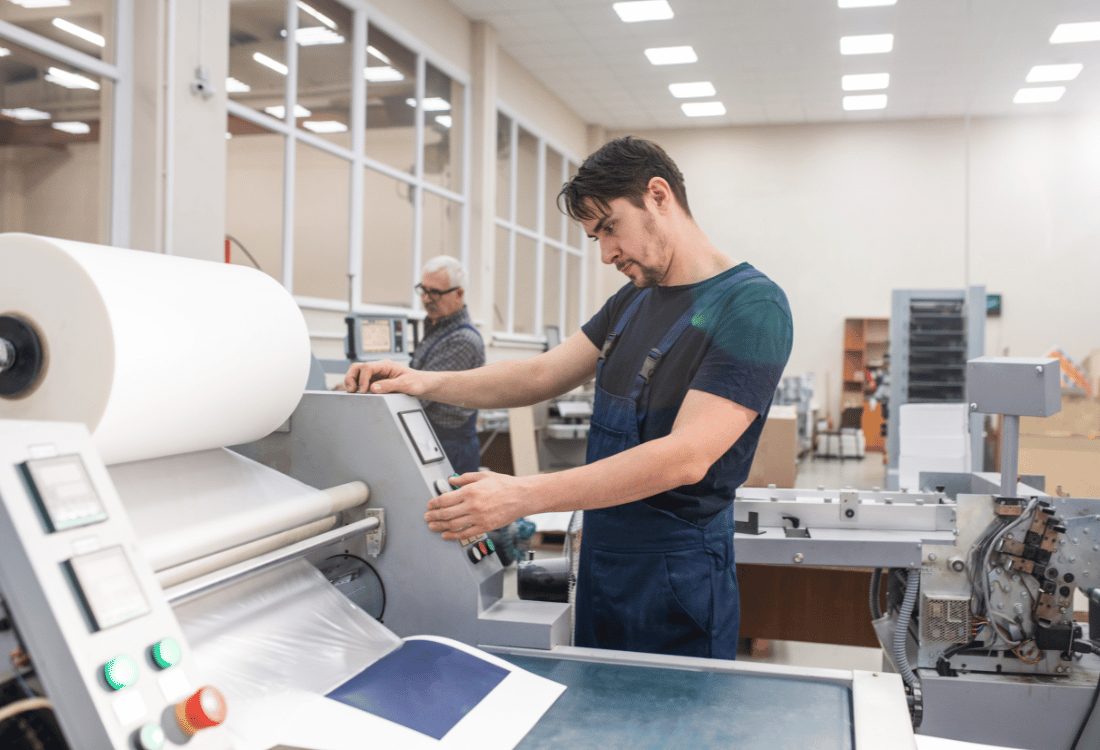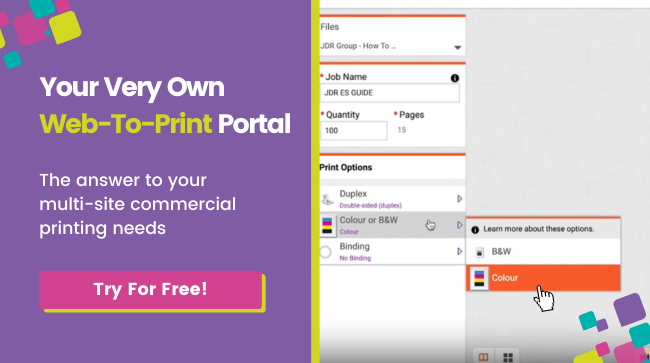Green Printing: The Eco-friendly Revolution In The Printing Industry

The printing industry, which has been long associated with environmental concerns, is undergoing a transformation as it progresses towards achieving increased sustainability. However, the adoption of eco-friendly practices is not simply a fashionable trend to curry favour with an increasingly environmentally aware consumer audience, but a fundamental reimagining of how printing impacts the planet. From the sourcing of raw materials to the use of innovative printing technologies, the industry is taking significant steps in a drive for enhanced sustainability.

At TL Colour, we offer commercial printing services that are designed to help our customers to achieve greater sustainability, reducing their impact on the environment and empowering them to attract a new breed of eco-savvy customers.
So, how are printing businesses like us embracing change and contributing to an eco-friendly revolution?
Redefining Raw Materials
To appreciate the environmental impact of papermaking, it is necessary to understand the composition of materials used in papermaking. Cellulose fibre is the primary raw material in the process: in Europe, the pulp and paper industry relies on a balanced mix – 46 per cent from wood pulp and 54 per cent from recycled paper. An emphasis on recycling contributes significantly to reducing the industry’s ecological footprint.
European forests are a testament to sustainable forestry practices, providing over 90 per cent of wood fibre for the continent’s paper mills. Astonishingly, these forests are expanding at a rate equivalent to 1,500 football pitches daily. What is even more remarkable is that over 70 per cent of this vast area is certified to meet the stringent sustainability standards of organisations such as the FSC (Forest Stewardship Council) or PEFC (Programme for the Endorsement of Forest Certification), confirming that it is a legitimate and viable source of raw materials for the paper and printing industry.
Sustainability Without Impacting On Quality
Accessible and affordable, recycled printing paper has become a key driver in sustainable printing. Contrary to misconceptions, recycled paper performs at least as effectively as traditional counterparts and meets the same high standards of printing. Because recycled paper is easy to access and inexpensive, businesses and individuals alike often choose eco-friendly options without having to compromise on quality.
The growth of digital printing has further propelled the green printing movement. Digital printers, compared to traditional models, emit significantly lower CO² emissions. Also, an increasing number of these printers operate on carbon-neutral principles, actively offsetting their environmental impact through various initiatives.
The Future Of Green Printing
These advances in paper and print technology underline an important shift in the printing landscape, in which sustainability plays a more influential role. Eco-friendly printing isn’t just a choice, but an evolving benchmark to which businesses can aspire, redefining industry norms and fostering a more conscientious approach to printing practices.
Contact Us For More Information
To find out more about our commercial printing services and how to adopt green digital printing, please get in touch with TL Colour today.

Image Source: Canva